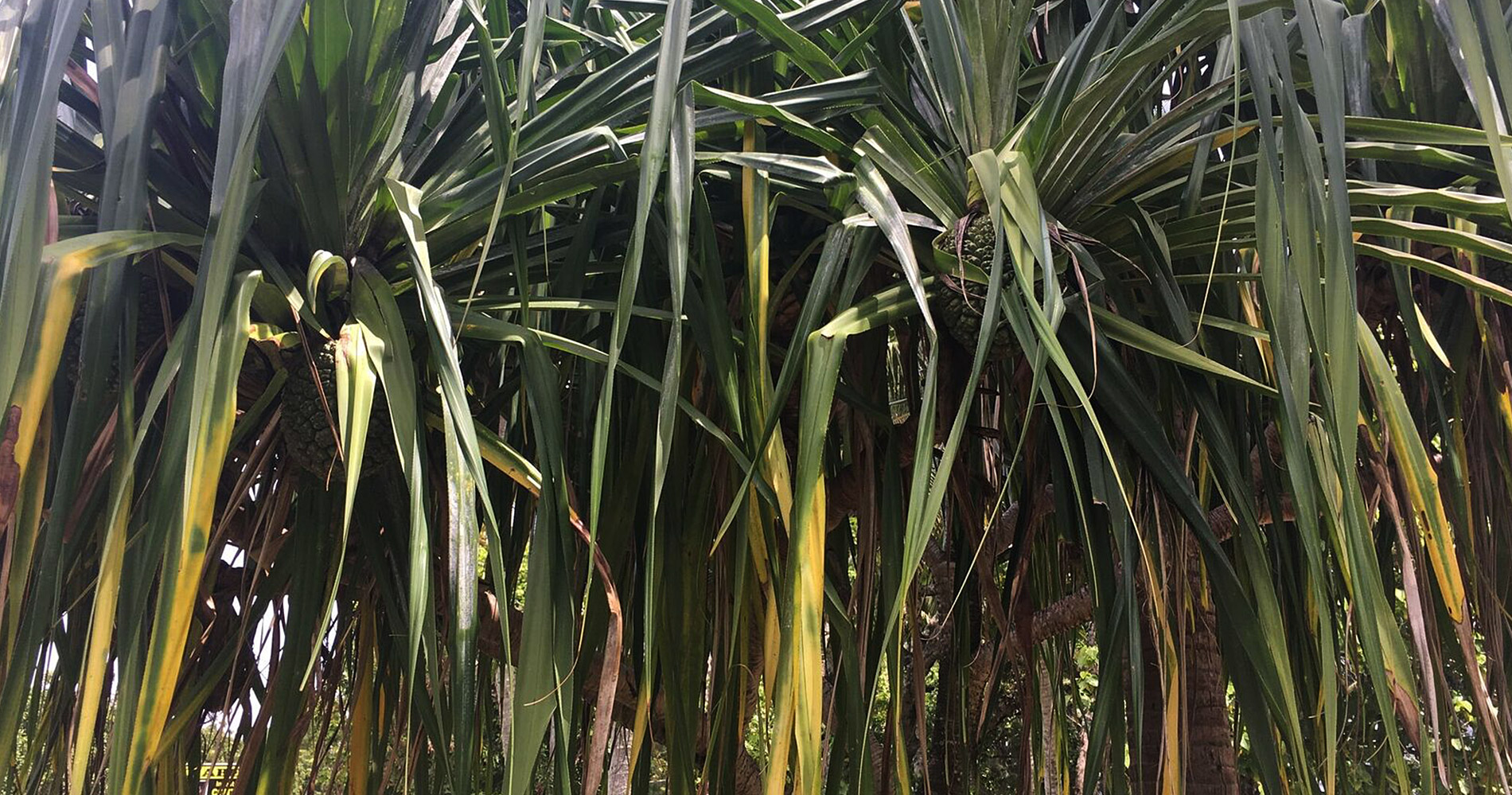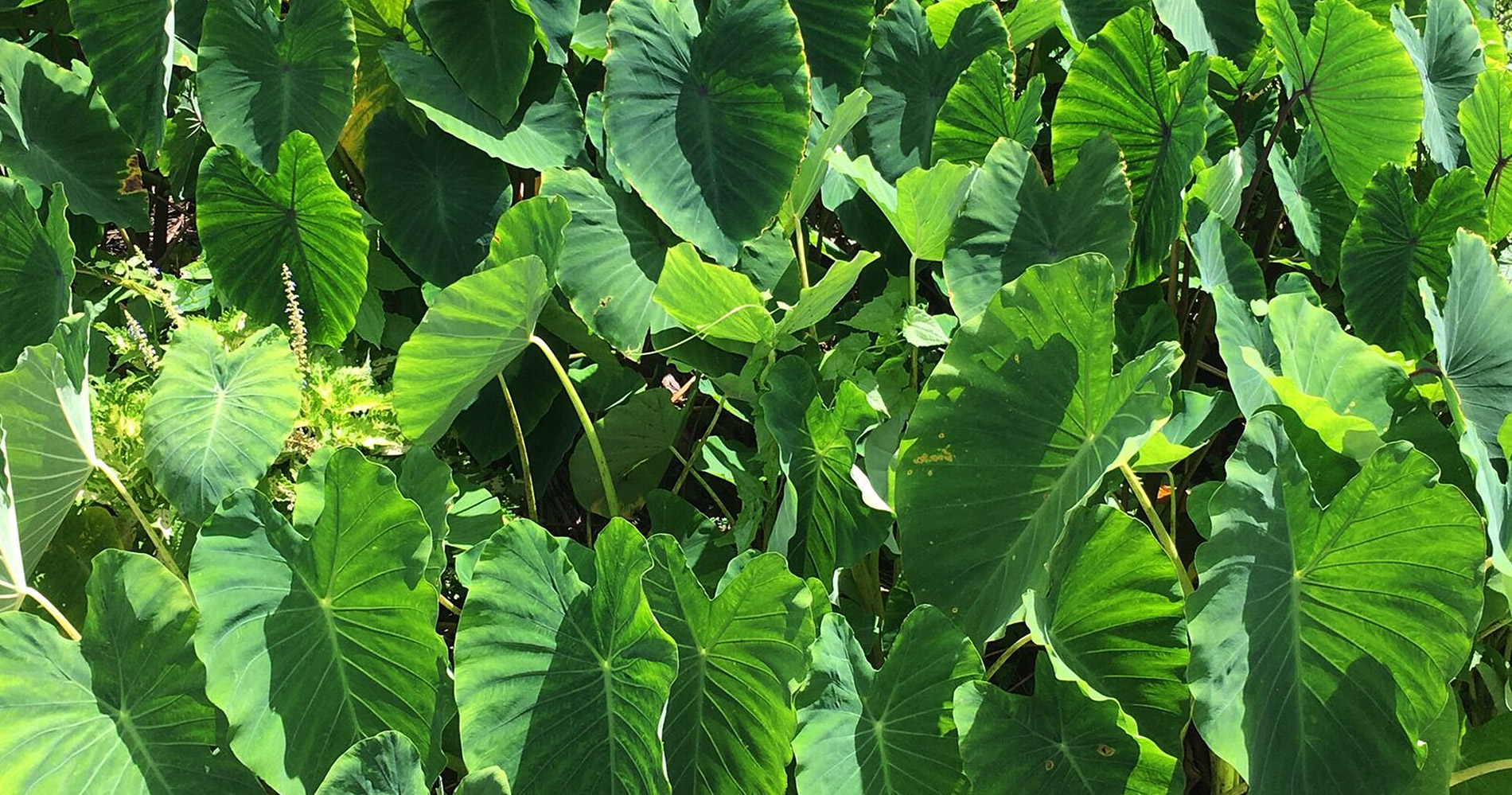panama
1. (n(tn)) a district in Rarotonga, halfway between the airport and the Avatiu harbour. Some Penrhyn people have settled there. Originally, the name was Kaikaveka (kaikāveka), but after the canal of Panama was built, the place was nicknamed as Panama (panama). A certain Taripo (taripo) dug a water ditch there. Now the nickname has totally replaced the original name.


